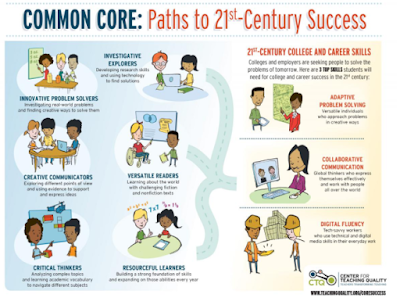PBL
I have now completed my first year of teaching PBL and thought I would share some of my thoughts. As mentioned earlier the latest PD session helped heaps with the planning of PBL projects. I have enjoyed teaching the projects this year as they are varied and interesting for the children. The children have been engaged more than I have experienced in previous type topic work.
The one thing I was worried about with this approach to learning was how the children would cope with more independence in the way they learn. I have found it not too bad as we kind of scaffold it a bit at the start of the year for the children. We did have to teach them some self managing skills at the start, however this improved as the year went on. So overall I have been pleased with the children's improvement in self regulation and independence. The children have done a lot of work in teams which has had its ups and downs. However the children have wised up to who they choose to work with and have learnt new skills on how to work collaboratively with children who they may not normally work with.
I know at the start of next year we plan to get the children to do more work on working in teams at which should set them up good for the year.









